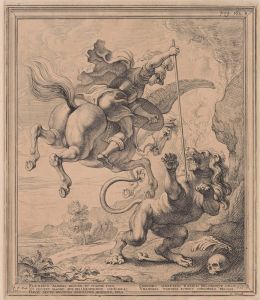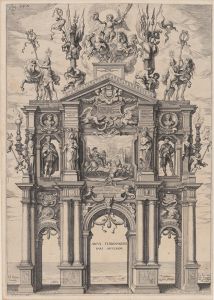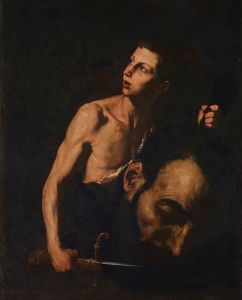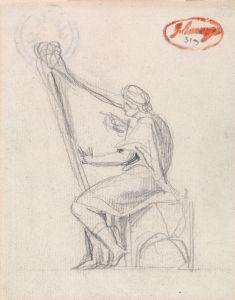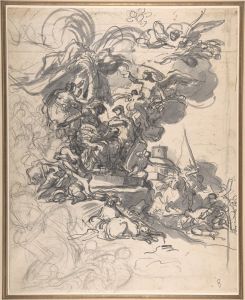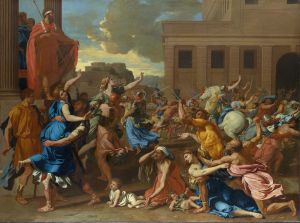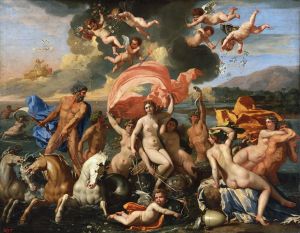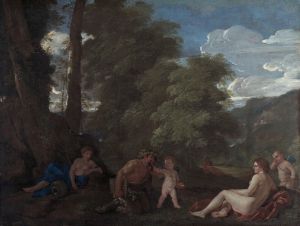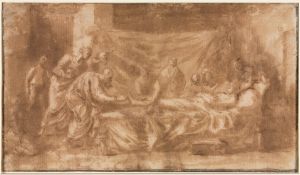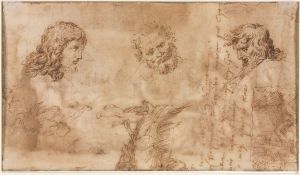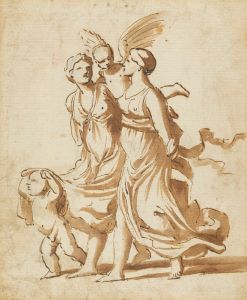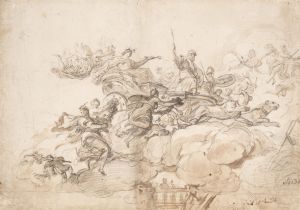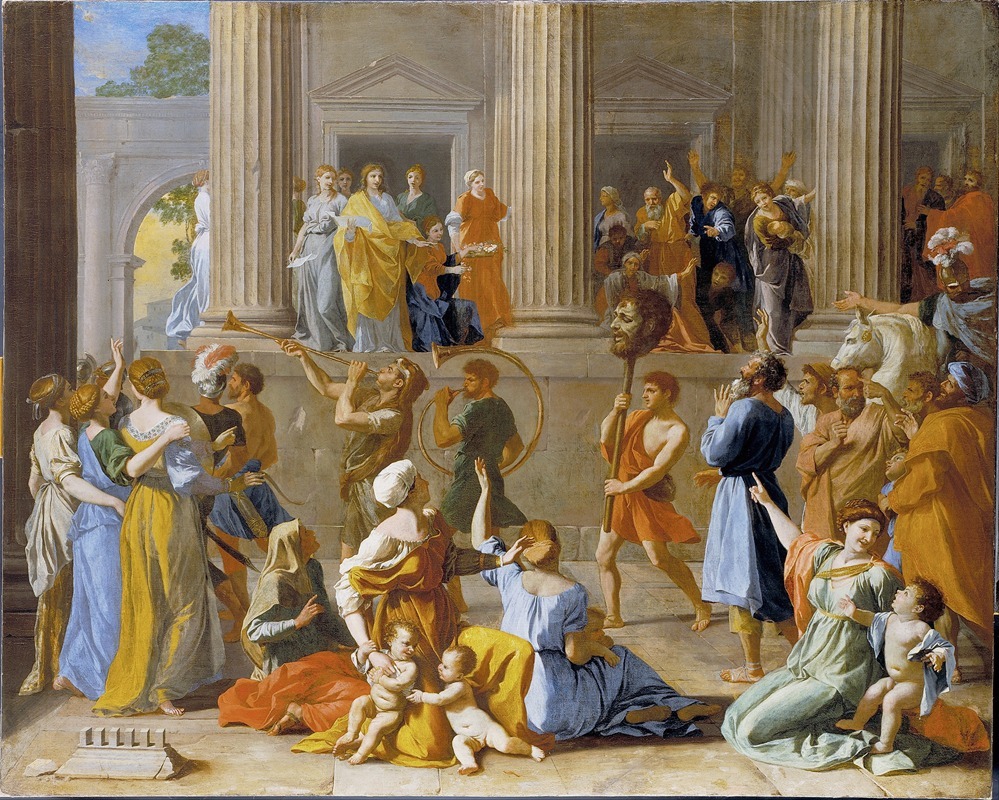
The Triumph Of David
A hand-painted replica of Nicolas Poussin’s masterpiece The Triumph Of David, meticulously crafted by professional artists to capture the true essence of the original. Each piece is created with museum-quality canvas and rare mineral pigments, carefully painted by experienced artists with delicate brushstrokes and rich, layered colors to perfectly recreate the texture of the original artwork. Unlike machine-printed reproductions, this hand-painted version brings the painting to life, infused with the artist’s emotions and skill in every stroke. Whether for personal collection or home decoration, it instantly elevates the artistic atmosphere of any space.
Nicolas Poussin, a leading figure of the classical French Baroque style, painted "The Triumph of David" around 1631-1633. This artwork is a testament to Poussin's mastery in depicting historical and biblical scenes with a profound sense of drama and clarity. The painting is housed in the Museo del Prado in Madrid, Spain, which is home to an extensive collection of European art.
"The Triumph of David" illustrates the biblical story of David's victory over Goliath, a popular subject in art that symbolizes the triumph of good over evil and the power of faith and courage. In this painting, Poussin captures the moment of celebration following David's victory. The composition is marked by its dynamic arrangement and the use of vivid colors, which are characteristic of Poussin's work during this period.
Poussin's approach to this subject is both classical and theatrical. He employs a balanced composition, with David positioned centrally, drawing the viewer's attention immediately. David is depicted as a youthful, heroic figure, holding the severed head of Goliath, which serves as a powerful symbol of his triumph. The figures surrounding David are animated and expressive, contributing to the overall sense of movement and jubilation in the scene.
The painting reflects Poussin's deep understanding of human anatomy and his ability to convey emotion through gesture and expression. The figures are rendered with precision, and their poses are carefully orchestrated to enhance the narrative of victory and celebration. Poussin's use of light and shadow adds depth to the composition, highlighting the central figure of David and creating a sense of three-dimensionality.
Poussin was known for his intellectual approach to painting, often incorporating elements of classical antiquity and philosophy into his work. In "The Triumph of David," this is evident in the classical attire of the figures and the architectural elements in the background, which evoke the grandeur of ancient Rome. This blend of biblical narrative with classical elements is a hallmark of Poussin's style, reflecting his admiration for the art and culture of antiquity.
The painting also demonstrates Poussin's skill in storytelling. Each figure in the composition plays a role in conveying the narrative, from the soldiers and onlookers who celebrate David's victory to the more subdued figures who reflect on the significance of the event. This ability to weave a complex narrative into a single image is one of the reasons Poussin is regarded as a master of the Baroque era.
"The Triumph of David" is an exemplary work that showcases Nicolas Poussin's artistic prowess and his contribution to the development of French Baroque painting. Through his meticulous attention to detail, classical influences, and dynamic compositions, Poussin has left a lasting legacy in the world of art, influencing generations of artists who followed.






